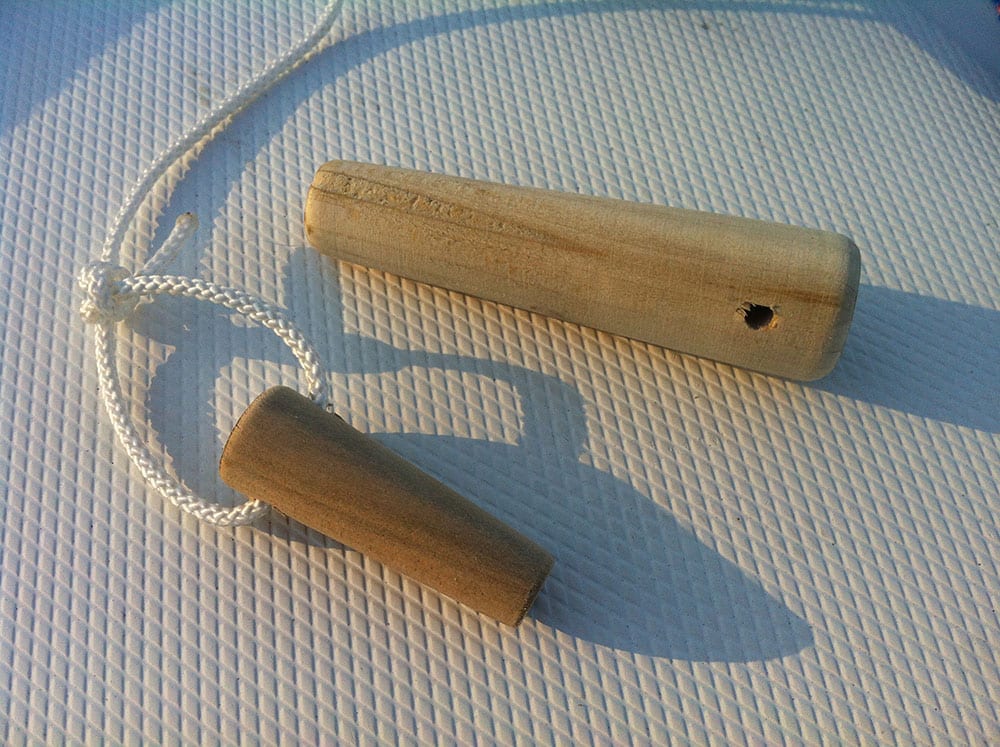
How To Prevent Your Boat From Sinking
A 3/4-inch hole 2-1/2 feet below the waterline admits water at a rate of 24 gallons-per-minute. That’s 1,440 gallons-per-hour. A 2000 GPH bilge pump would be hard-pressed to keep up with that flow, unless its wiring had no voltage drop, the discharge hose was smooth-bore and the hose run had no sags or bends. Stopping the flow is better than relying on the pump to handle it.
So, what can you do if a through-hull fitting fails or a hose bursts below the water line aboard your boat?
Why Seacocks are Better Than Ball Valves
A reliable way to stop such a leak is to plug it with a tapered piece of softwood known as a bung. Press the bung into the failed fixture or hose, the wood swells, and a watertight seal is achieved.
Learn More Ways To Prevent Your Boat from Sinking
We created this short video to show how effective a bung can be at preventing your boat from sinking.
Tips For Using Bungs
•Keep a tapered, appropriately-sized softwood bung tied to every through-hull fitting below the waterline.
•Hardwood should not be used as it can split a cast or plastic fitting and may not swell to a tight seal.
•Push the bung in place, don’t hammer it lest you cause more damage.
Takeaway: If you run aground, make sure you have not created a hole or leak before pushing off or getting towed back into deep water.








